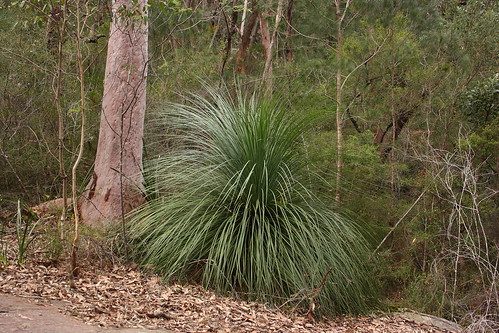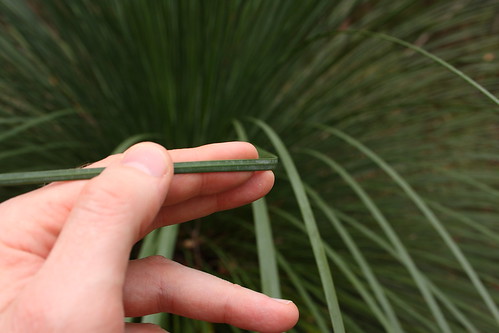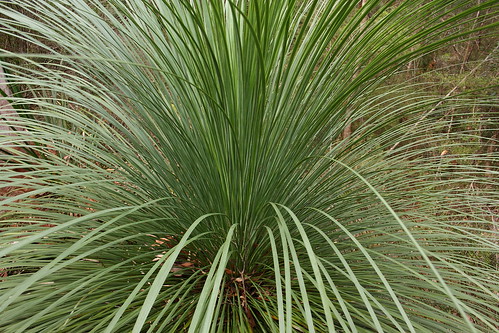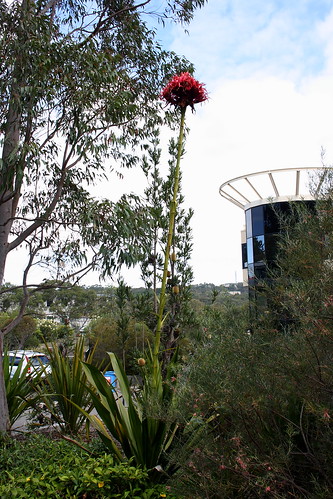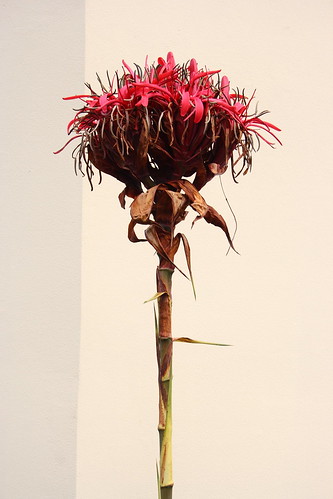Sarcocornia quinqueflora
“A small, erect, leafless herb with succulent stems” NPOS p. 396
I came across this field of samphire in the salt flats of Moores Creek. I was there looking for remains of a footbridge from an old photo that was supposedly built during WWI as part of a military training exercise. There was no evidence of a bridge, and the creek looked different enough from the photo that it made me doubt I was in the right place.

While poking about among the mangroves the Samphire stood out as another plant I was unfamiliar with. Samphire is a small, growing to 30cm, leafless succulent herb that grows in dense colonies on salt marshes. I can’t recall seeing it before, I’ll probably notice it everywhere now.

I’ve since learnt that it’s edible too, I must go back to try some!


